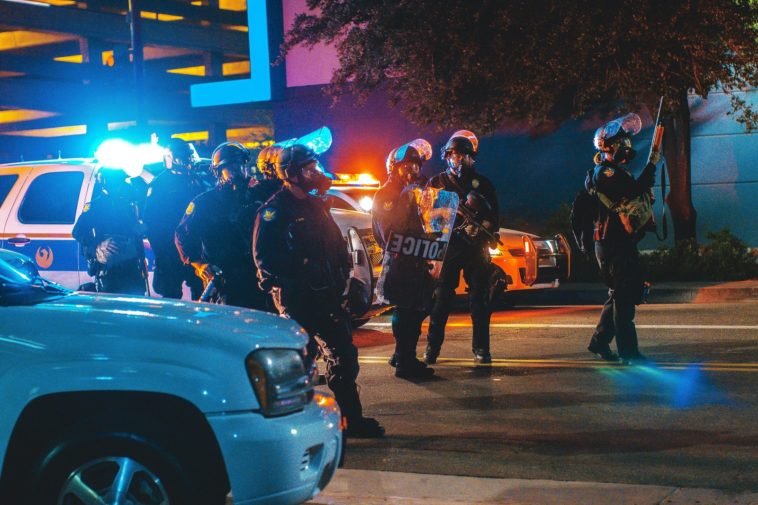When Daunte Wright tried to run from police in Brooklyn Center, Minnesota, he didn’t know he was causing the kind of officer panic that would lead to his death. So many things went wrong with this encounter, but it all starts with the attitude of deathly fear that is instilled in every police officer.
Don’t misunderstand. Law enforcement is a dangerous job. Police officers rightly should be wary of every engagement. Unfortunately, officers aren’t given the proper tools to deal with escalated encounters.
Imagine having it drilled into you that every time you deal with a civilian, your life could be at stake. While there is potential for a traffic stop or a call to a home to become lethally violent, the reality is that not every encounter will turn out that way. But officers are trained to approach every incident with the mindset that it could be their last. All day. Every day. Every time.
The primary tool handed officers is Command and Control. Take charge of the situation with a firm physical presence and a commanding voice. Bark orders. Demand compliance. If a person needs to be taken into custody, have them put their hands behind their head, move them to a safe location, cuff them, use your foot to spread their feet apart, search them. Shove them into the back of a squad car, then listen to your heart race and hope adrenaline didn’t make you sweat through your body armor.
When command and control fails – and that failure will be sudden and dramatic – it’s time to escalate control. This is where an officer’s fear of death sends his or her hand directly to the deadly force option, the sidearm.
Yes, officers are taught many non-lethal methods of control. These are taught in courses with other officers, without the intense physical or psychological pressure of a real-life situation. Every kind of training — from voice command through control holds to Tasers and lethal weapons – must include some attempt at real-life confrontation. Yelling, screaming, non-compliance coupled with some jogging or calisthenics at least gets the heart rate up and puts some heat in the bloodstream.
The officers are handed a certificate of completion, and then once or twice a year they take a brief refresher course. Most police departments do not provide ongoing training in physical control techniques, or pay for outside training. The practice for selecting the Taser instead of the sidearm is conducted in sterile conditions, only on occasion.
In short, none of the non-lethal techniques are practiced with enough regularity or reality to become second nature. We know the basic human instinct in conflict is “flight or fight.” Officers are systematically denied the option of flight, and the primal response, coated with fright and excitement, is to survive. The officer in Brooklyn Center might have consciously thought she would use a Taser, but her overpowering subconscious response, bolstered by daily doses of fear, was to defend her life.
The incident did not begin with a perpetrator escaping the grasp of an officer – a different officer than the one who eventually fired. It was a routine traffic stop for expired registration tabs. The officers were also aware that the suspect had outstanding warrants, one of which was for possession of a firearm without a permit. By the time Wright was stood beside his vehicle, adrenaline-fired subconscious reflexes were already keyed up.
The male officer who had Wright beside the vehicle should have moved him to the back or front, not within inches of the open car door. Whatever grasp he had on the suspect was insufficient to provide control. Wright easily got free.
The female officer jumped into the confrontation. The male officer was trying to regain control when she inserted herself, screaming, “Taser! Taser! Taser!” while clearly holding a firearm. After the shooting, when she turned to her right, her body cam shows the male officer more than 10 feet away. In the scuffle, he could easily have been wounded. An officer across the street has a look of shock and disbelief.
The simple solution is to teach law enforcement personnel basic non-injurious control holds, then reinforce that with regular weekly training, all while on the clock. Balance the daily cautions about each encounter potentially being deadly with varying daily sessions of handling every type of incident. You can’t learn a difficult piano piece, never sit down at the keys for months or years, and then be expected to play that piece in front of a large audience.
Every panicked response by a fear-driven officer that has tragic results reflects on the department administration. Instead of cutting the officer loose and then making high-sounding statements, law enforcement administrators should be in the dock alongside officers, answering for their system’s failure.






 and
and